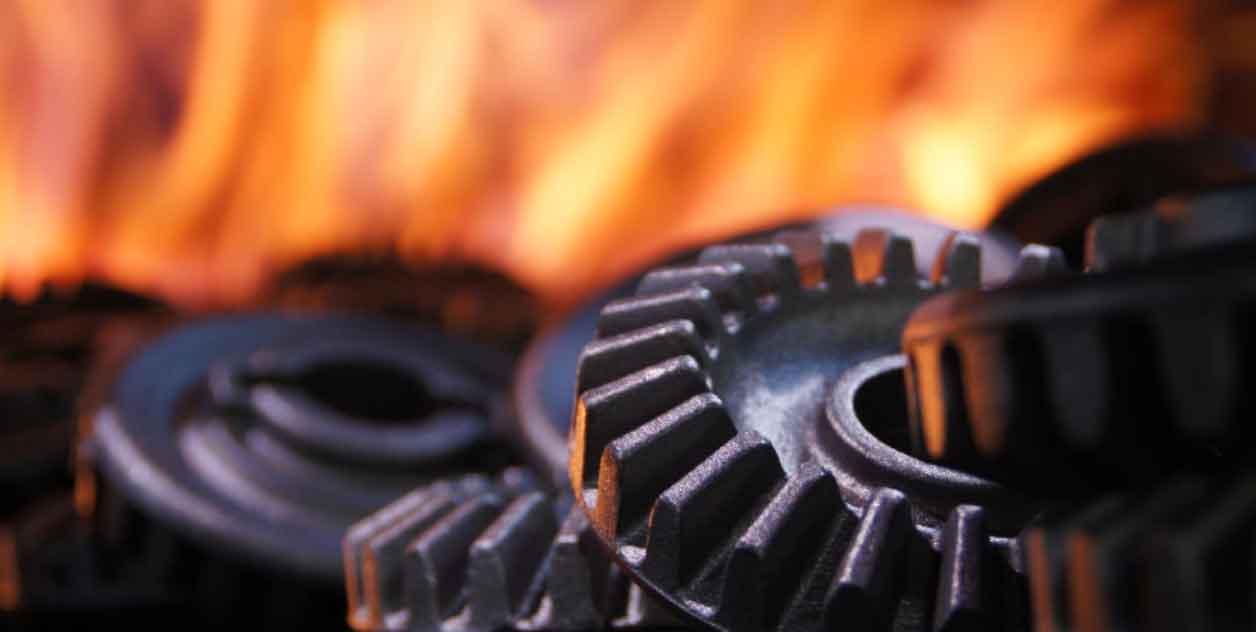
The world of gear forging is constantly evolving, driven by the need for improved performance, efficiency, and reliability. Manufacturers are continually pushing the boundaries of gear forging technology, seeking innovative solutions to meet the demands of diverse industries. This article explores some of the key innovations in gear forging technology that are shaping the future of gear manufacturing.
I. Advanced Materials:
One area of innovation in gear forging technology is the development and application of advanced materials. Manufacturers are exploring the use of high-performance alloys, composites, and ceramics to enhance the properties of gear forgings. These materials offer advantages such as increased strength-to-weight ratio, improved wear resistance, and higher temperature capabilities, enabling gears to operate in more demanding conditions.
II. Additive Manufacturing:
Additive manufacturing, also known as 3D printing, is revolutionizing the gear forging industry. This technology allows for the creation of complex gear geometries with intricate internal structures that were previously difficult to achieve through traditional forging methods. Additive manufacturing offers design freedom, reduced material waste, and the ability to produce custom gears on-demand, opening up new possibilities in gear design and manufacturing.
III. Simulation and Modeling:
Advancements in simulation and modeling software have significantly contributed to gear forging innovation. Engineers can simulate and analyze the behavior of gears under various operating conditions, optimizing gear designs for performance, load distribution, and durability. Virtual testing allows for rapid iterations and the identification of potential issues before physical forging takes place, saving time and resources in the development process.
IV. Process Optimization:
Manufacturers are leveraging advanced technologies, such as artificial intelligence (AI) and machine learning, to optimize the gear forging process. These technologies analyze vast amounts of data and historical performance to identify patterns and optimize forging parameters, such as temperature, pressure, and deformation. Process optimization improves the consistency, quality, and efficiency of gear forgings, leading to enhanced performance and reduced production costs.
V. Surface Engineering:
Innovations in surface engineering techniques are enhancing the performance and durability of gear forgings. Manufacturers are exploring new coatings, treatments, and surface modifications to improve wear resistance, reduce friction, and enhance lubrication properties. These advancements minimize wear, increase gear efficiency, and extend the service life of gears in various applications.
VI. Automation and Robotics:
Automation and robotics are transforming the gear forging process, increasing efficiency and precision. Robotic systems can handle complex forging operations, such as material handling, loading and unloading, and post-forging machining. Automation reduces manual labor, improves process repeatability, and enables higher production volumes while maintaining consistent quality.
VII. Integrated Digital Systems:
Integrated digital systems are revolutionizing the way gear forgings are designed, manufactured, and monitored. Digital twin technology enables real-time monitoring and analysis of gear performance, providing valuable insights for predictive maintenance and optimization. Additionally, digital systems facilitate seamless collaboration among different stakeholders, from design engineers to forging operators, streamlining the entire gear forging process.
Innovations in gear forging technology are driving the industry forward, enabling the production of gears with enhanced performance, durability, and efficiency. Advanced materials, additive manufacturing, simulation and modeling, process optimization, surface engineering, automation and robotics, and integrated digital systems are reshaping the gear forging landscape. As these technologies continue to evolve, gear manufacturers will be able to meet the evolving demands of industries and unlock new possibilities in gear design, manufacturing, and performance. The future of gear forging holds exciting prospects for improved gear quality, reduced lead times, and increased customization, ultimately benefiting a wide range of applications and industries.
